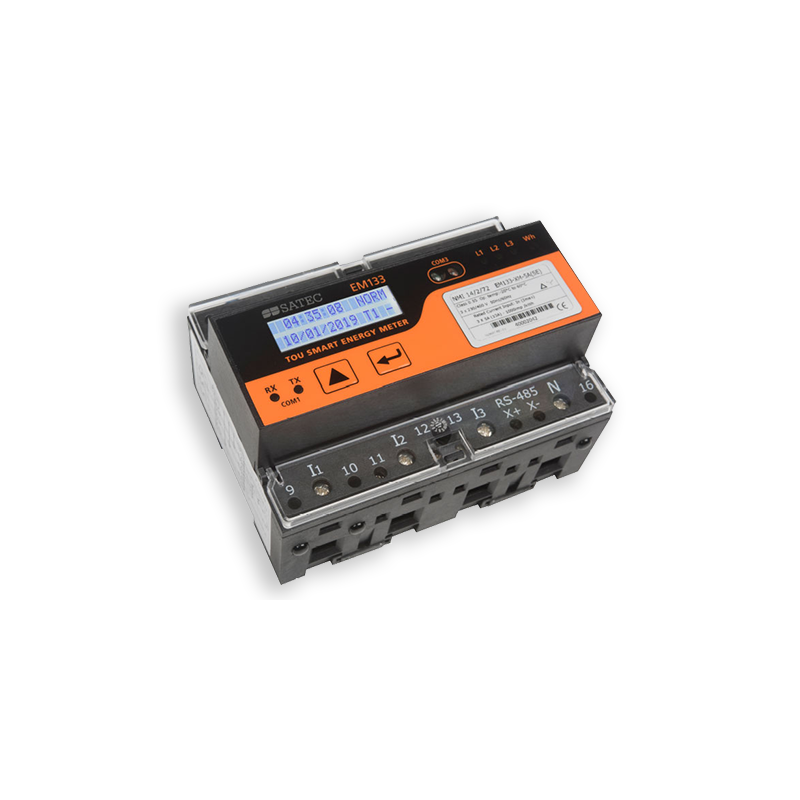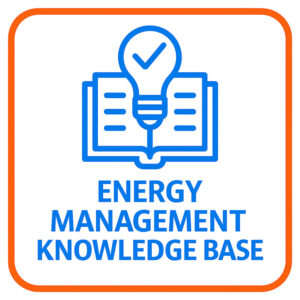Smart Meters have an internal electronic clock, known as the Real-Time-Clock (RTC). Within a smart meter the RTC is usually an ossilating crystal and needs a battery to keep the correct time.
There is a standard for billing meters used in Australia, governed by the National Measurement Institute (NMI). The National Measurement Institute NMI M6-1 Clause 6 defines that any solid state internal clock used for electricity meters and load control must be tested and approved according to this standard. This standard details that a RTC of the electricity meter does not drift outside a specific tolerance within a 30 day period under specific temperature specifications.
SATEC’s energy metering solutions approved for trade under NMI comply fully with the performance/operating criteria per NMI M 6-1 in addition to IEC/AS62054.21 as outlined in the standards. The correct time within smart meters is critical to ensure billing accuracy is achieved, particularly as enhanced billng tariffs are placed on consumers, such as Time of Use (TOU), Maximum Demands, Demand Response and Feed-in-Tariffs etc.
Further enhancement in clock synchronisation has developed also over time, assisting in keeping the correct time. Traditional utility systems use IRIG-B, via satellite communcations. Now, ethernet based smart meters have Simple Network Time Protocol (SNTP) methods or even Application Programming Interface (API) methods.




